Applied Contouring Methods Workshop

DISCIPLINE: Geoscience
COURSE LENGTH: 1-3 Days
CEUS: 0.8 – 2.4
AVAILABILITY: Public & In-House
The students were very challenged, technically stretched, loved it all, and are now are mentally exhausted (perfect!). None of them will look at a computer generated contour map the same way again! (this is exactly what I wanted). I am very happy with the way it went, and that we were able to offer something of this quality to our staff.”
WHO SHOULD ATTEND: Geologists, geophysicists, petrophysicists, reservoir engineers and managers who are exploring for and developing oil and gas fields in conventional and unconventional petroleum systems.
COURSE DESCRIPTION: Participants will learn proper subsurface interpretation and contouring methodology through hand-contoured mapping exercises. Hand contouring encourages formulation of a geologic model which will guide or validate subsequent interpretation utilizing the workstation. A primary objective is to enable editing of workstation products by manually inserting control points and contours prior to gridding to generate geologically valid maps, especially when the computer-generated map is deemed geologically unreasonable or invalid.
Situations where manual editing may be required include mapping with widely scattered data (e.g., porosity, net sand and net pay values from wells), mapping 2D seismic data, dealing with poor resolution deep 3D seismic events, editing fault blocks on workstation generated maps which lack contour compatibility, or adjusting net pay maps when the mapping software is incapable of correct net pay contouring.
LEARNING OUTCOMES:
- The benefits of performing hand contouring in the age of 3D seismic and computers.
- Rules of contouring and methods of contouring by hand.
- Correct understanding and mapping of the vertical components of faults including throw and vertical separation.
- Understanding of contour compatibility or continuity of structural attitude across faults.
- Fault patterns and additive property of faults (a balancing principle), with contouring examples.
- Adjusting the contouring of a 3D data set to remediate a possible “screw fault” interpretation (faults which appear to change their sense of displacement along strike).
- Contouring widely-spaced well and 2-D data, including mapping a reef reservoir with incompatible top and base surfaces.
- Generating a stratigraphic oil play by imposing a channel sand porosity model on the contour maps.
- Generating net pay maps for edge-water reservoirs with top- and base-reservoir (derivative) structure maps, net-to-gross ratio, and net sand (derivative) maps.
COURSE CONTENT:
COURSE CONTENT: Short lectures and up to 12 exercises requiring generation of contour maps. Depending on course duration, the exercises could include structure, isochore, net-to-gross ratio, porosity, net sand, net pay and derivative maps made by cross contouring of other relevant maps.
The 1-day class will cover exercises (1A, 2, 8, and 10).
The 2-day class will cover exercises (1A, 2, 3A, 4, 5, 7, 8, 9, 10, 11).
The 3-day class will cover all 12 exercises.
Exercise 1A
Construct a uniformly-dipping fault surface map by triangulation and mechanical contouring. Participants learn: 1) How to place contouring points by mathematical interpolation; 2) application of equally spaced and parallel contours; 3) up- and down-dip projections of uniformly dipping geological surface (fault surface, unconformity surface, formation top or base, etc.) by the equal-space contouring method; and 4) how to determine the map scale of a uniformly dipping surface if the dip value is known and the horizontal scale is omitted on that map.
Exercise 2
Contour an area of an echelon, plunging folds represented by a dense subsurface data set. Participants learn that: 1) Depth contours should be parallel, but not equally spaced; 2) in the case of loose interpolation or extrapolation of data, there is the probability of inadvertent break of contouring rules and ending with a map that has a “dangling contour”, rendering that map three-dimensionally impossible.
Exercise 3A
Contour two sets of dense, 2-D seismic data sets, in highly faulted extensional tectonic settings. Participants learn that despite using small contour intervals, honoring the control points, and the faults having large vertical offsets, there would be the possibility of inadvertently mapping: 1) Faults across which contours are not compatible; or 2) “screw or propeller faults”, i.e., faults which incorrectly appear to change their sense of displacement along their strike.
Exercise 4
Contour a dense data set from a 3-D seismic survey in an extensional structural setting. Participants learn that despite numerous control points, interpreting a low-relief structure could result in problems such as mapping faults which should have compatible up-thrown and down-thrown blocks, but do not show contour compatibility, or intersecting faults with intersection points that do not conform to the additive property of faults or the law of volume conservation.
Exercise 5
Map a faulted, plunging anticline by using widely scattered well data. Participants learn the importance of contour compatibility when interpreting faults with compatible hanging wall and footwall blocks. In this exercise, there are 30 control points in the western fault block and only 4 in the eastern fault block. Maintaining structural continuity across the fault and using interpretive contouring by projecting the structure contours from one fault block to the other and adjusting the contour value by the vertical separation of the fault, the block with only 4 control points is mapped accurately and shows the correct form of the plunging structure.
Exercise 7
Make a time-structure map of a compensating, normal fault pattern. Participants learn to contour two opposite dipping fault surfaces (synthetic and antithetic),and delineate the intersection and the tip lines of the two faults. The synthetic fault is listric and is mapped by parallel contouring, whereas the antithetic fault is uniformly dipping and is mapped with equally spaced contouring.
Exercise 8
Using well data, interpret an un-faulted carbonate reef oil reservoir with incompatible top and base surfaces. Participants learn that by independently contouring top and base of the reef and making an isochore contour map with the posted well data, errors are likely to occur. Since an isochore value is the true vertical thickness between the top and the base of the unit, then away from well control points wherever top and base structure contours cross, the difference in contour values should be equal to the isochore value at that point. If not, that interpretation is three dimensionally incorrect. Problem 8 demonstrates this fact, which is a method of quality controlling the interpretation.
Exercise 9
Map a potential unconformity trap. Participant learns how to map; 1) an unconformity trap, including its wedge zone where the top and base of the unit are truncated by the unconformity surface; and 2) the unit’s gross isochore in the wedge zone contoured as the relief between the unconformity surface and the base of the unit using the Wharton Method.
Exercise 10
Net sand interpretive contouring using dense subsurface control points and amplitudes extracted from a 3-D seismic survey. Participant learns how to contour net sand values (hard data) by visually incorporating the extracted seismic attributes (soft data) to constrain the shape of the channels in a deltaic depositional environment example.
Exercise 11
Map a stratigraphic, channel sand oil prospect. Participant learns to construct the following maps by the parallel contouring option, and then in combination with the oil-water contact delineate a stratigraphic trap: 1) Structure of the top of sand; 2) sand porosity; 3) net sand isochore; 4) prospect outline, which covers the area between a specific net sand cut-off contour value located monoclinally up-dip of the oil-water contact.
Exercise 12
Net pay isochore map of a fault-dependent, low relief, edge-water oil reservoir mapped by using the Wharton Method. Participants learn to determine the reservoir volume by constructing the following: 1) Top of reservoir structure contour map; 2) gross interval isochore map; 3) base reservoir derivative map by adding gross interval values to top reservoir structure; 4) base reservoir map, utilizing posted well depths; 5) net-to-gross ratio map; 6) net sand derivative isochore map by cross contouring gross interval and net-to-gross ratio maps; and 7) net pay isochore derivative map, using the Wharton Method that shows the full thickness oil area and the oil wedge. Participants will further learn that in the full thickness area net sand equals net pay, but in the wedge zone, where the reservoir is not totally filled with hydrocarbons, net pay contours should represent the structural relief between the hydrocarbon-water contact and the reservoir top.
Exercise 13
Net pay isochore map of a reverse-faulted, high relief, plunging, asymmetric, edge-water, anticline reservoir. Participants make preliminary maps including 1) top and base reservoir structure contour maps; 2) gross interval and net-to-gross ratio isochore maps; 3) net sand derivative isochore map from gross interval and net-to-gross maps; and 4) net pay isochore map. Unlike Problem 12, the reservoir is tightly folded and reverse-faulted resulting in a very narrow wedge zone and wide, full-thickness areas in both the hanging wall and the footwall fault blocks. Participants learn that to be three dimensionally sound, the top- and base-structure contours should demonstrate compatibility of shape, and the fault blocks should be structurally compatible by honoring the fault’s vertical separation.
